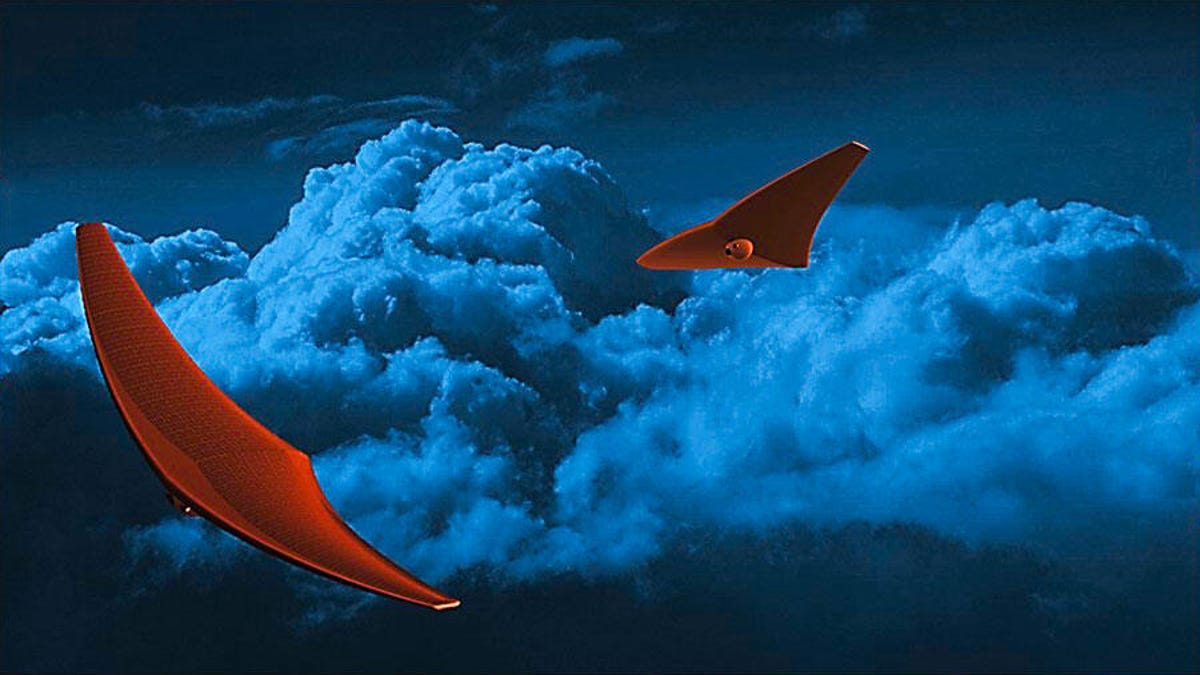NASA eyes stingray-like spacecraft to explore 'dark side' of hellish Venus
Flippity-flappity. This morphing spacecraft concept has flexible wings.
NASA describes Venus as "a dim world of intense heat and volcanic activity." It has a toxic atmosphere and temperatures that can melt lead, attributes that make it a tricky place to explore. That's why NASA is intrigued by a new spacecraft design proposed by a team at the University at Buffalo.
NASA chose the Bio-inspired Ray for Extreme Environments and Zonal Explorations (Breeze) for the agency's Innovative Advanced Concepts (NIAC) program, which funds early-stage space research projects "that could go on to change what's possible in space."
Breeze is a concept at this point, but it's an extremely cool one. The Crashworthiness for Aerospace Structures and Hybrids (CRASH) Laboratory team at Buffalo imagines a solar-powered spacecraft with flapping wings that mimics the movement of a stingray though water.
"The design could make efficient use of high winds in the planet's upper atmosphere while providing scientists unparalleled control of the vehicle," Buffalo said in a release on Monday.
Venus has a dark side that faces away from the sun for extended periods of time, but Breeze would be designed to charge up on the sunny side before heading back into the dark to collect data on the planet's atmosphere, weather and volcanic activity.
While Breeze is a long way from being a real spacecraft, NASA is already looking at ways to learn more about Venus. The agency has considered building a probe called the Long-Lived In-situ Solar System Explorer in order to study the planet's inhospitable surface.
It will take some creative engineering to make a machine that can last on Venus. It makes Mars feel like a relaxing beach vacation.


